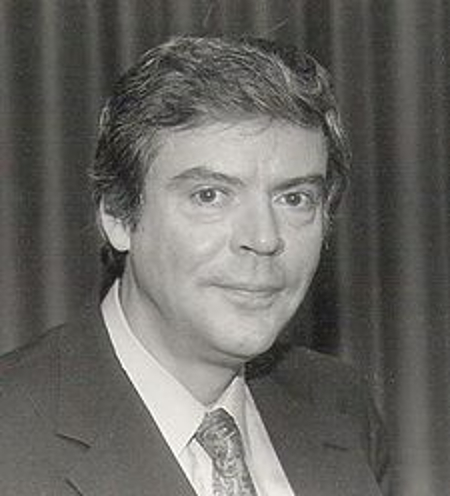If there’s one thing absolutely nobody can deny, it’s that although it took a few long years, the Civil Rights Movement and its leaders changed the entire course of history to unimaginable extents. This much has actually even been evidenced in Netflix’s ‘Rustin,’ a drama-documentary that delves deep into the way activist Bayard Rustin, in particular, played a crucial role in the quest for equality in the 1950s and 60s. However, if we’re being honest, one of the most intriguing individuals in this narrative was his assistant, Tom — so now, if you simply wish to learn more about him as well as where he is today, we’ve got the details for you.
Tom is Based On Social Democrat Tom Kahn
Although born on September 15, 1938, as Thomas John Marcel, Tom was immediately let go at the New York Foundling Hospital for reasons unknown by anyone but his true, biological parents. It was thus from here that he was soon adopted by Adele and David Kahn, leading him to become Thomas “Tom” David Kahn before they tried to raise him as his own alongside a younger sister, Rosemary, in Brooklyn. The truth is this couple didn’t really reveal to the siblings they were not biologically theirs, yet they did often imply so over the years whenever in anger, that is, until the former ended up finding their adoption papers while in junior high.

This was around the same time Tom reportedly began rebelling against his parents, their religious beliefs, their participation in union movements, as well as more while also developing himself. Therefore, by the time he graduated from Erasmus Hall High School in the mid-1950s, he’d not just evolved into a bohemian intellectual but had also begun realizing he was gay — he preferred men. Yet alas, it’s unclear whether the emotional tale Gus Halper’s Tom conveyed in ‘Rustic’ is true as no public record seemingly backs he’d moved out of home at 16 in defense of a Black chosen family member.
Nevertheless, what is true is the fact Tom’s father eventually did become President of Transport Workers Local 101 at the Brooklyn Union Gas Company, all the while serving as an active communist. Moreover, years after first getting involved in activism in 1956 while attending Brooklyn College upon getting inspired by Max Shachtman, he did also get into a complex relationship with Bayard Rustin. “Once he met Bayard,” said close friend Rachelle Horowitz, “then Kahn knew [for sure] that he was gay and had this long-term relationship with Bayard, which went through many stages.”
“When I met him for the first time, he was a few years younger than I am now, and I was barely on the edge of manhood,” Tom once said of the renowned activist, according to Rachelle. “He introduced me to Bach and Brahms, and to the importance of maintaining a balance in life between the pursuit of our individual pleasures and engagements in, and responsibility for, the social condition. He believed that no class, caste or genre of people were exempt from this obligation.” Therefore, it is no surprise that when asked to be his assistant to plan the 1963 March on Washington, he readily agreed.

The truth is Tom was not only an assistant but also a protege of sorts, helping him ghost-write speeches, develop strategies, organize events, plus support the elected civil rights leadership. In fact, as per reports, he penned the speech leading activist A. Philip Randolph delivered during the renowned march and then penned several more for the likes of Bayard, Martin Luther King Jr., George Meany, Lane Kirkland, Henry Jackson, and many more. As if all this wasn’t enough, he even contributed to the growth of democracy by writing several engaging pieces under his own name upon being appointed Director of the League for Industrial Democracy, serving in the Socialist Party, and while rising the ranks at the American Federation of Labor and Congress of Industrial Organizations (AFL-CIO) as the years passed.
What Happened to Tom Kahn?
Following years in the League for Industrial Democracy, Tom shifted gears to support free labor unions under Social Democrats (SDUSA) before finally working as a senior assistant to and speechwriter for several AFL–CIO Presidents. Yet by the time the late 1980s rolled around, he was actually serving as the Director of the Department of International Affairs for the AFL–CIO, a position he proudly held right until his demise in 1992 at the age of 53. He sadly passed away from complications related to Acquired Immunodeficiency Syndrome (AIDS) in Silver Spring, Maryland, on March 27, 1992, while surrounded by the “love of his life” (who preferred to remain private), friends, family, and other loved ones.


You must be logged in to post a comment.